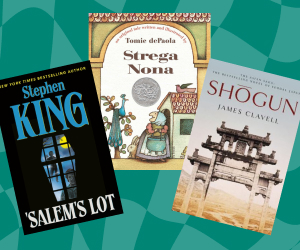The Search
Select Format
Select Condition 
You Might Also Enjoy
Book Overview
The #1 "New York Times"-bestselling author presents a riveting novel in which a canine search-and-rescue volunteer fights danger and finds love with a dog trainer in the Pacific Northwest wilderness. But a killer emerges out of the shadows, a man whose bloodlust has been channeled by a master with one motive: to reclaim the woman who slipped out of his hands.
Format:Hardcover
Language:English
ISBN:0399156577
ISBN13:9780399156571
Release Date:July 2010
Publisher:Putnam Adult
Length:496 Pages
Weight:1.46 lbs.
Dimensions:1.6" x 6.4" x 9.2"
Age Range:18 years and up
Grade Range:Postsecondary and higher
More by Harold Pinter
Customer Reviews
9 customer ratings | 5 reviews
There are currently no reviews. Be the first to review this work.
Ragtime Mentions in Our Blog

10 Notable Books Turning 50 This Year
Published by Ashly Moore Sheldon • February 24, 2025
It's interesting to look back at pop culture that withstands the test of time. It's time for our annual roundup of some of the enduring titles hitting the half-century mark this year. Here are ten memorable books published in 1975.

The Best Beach Books
Published by Ashly Moore Sheldon • July 31, 2020
We may not get to hang out on our favorite beaches this summer. But whether or not you get to bury your toes in the sand, you can drift away with one of these timeless tales. And be sure to check out some of the hottest new reads, too.































































